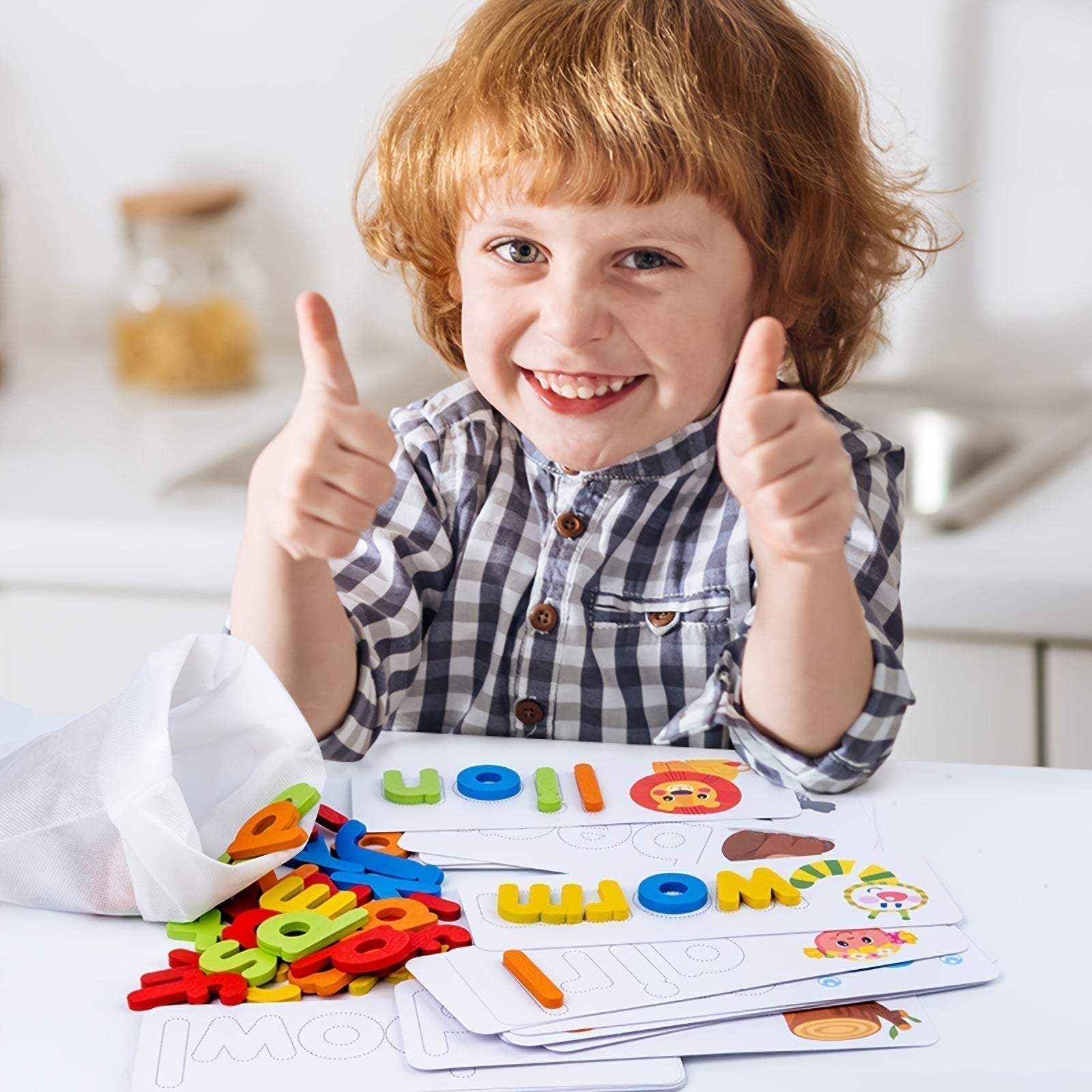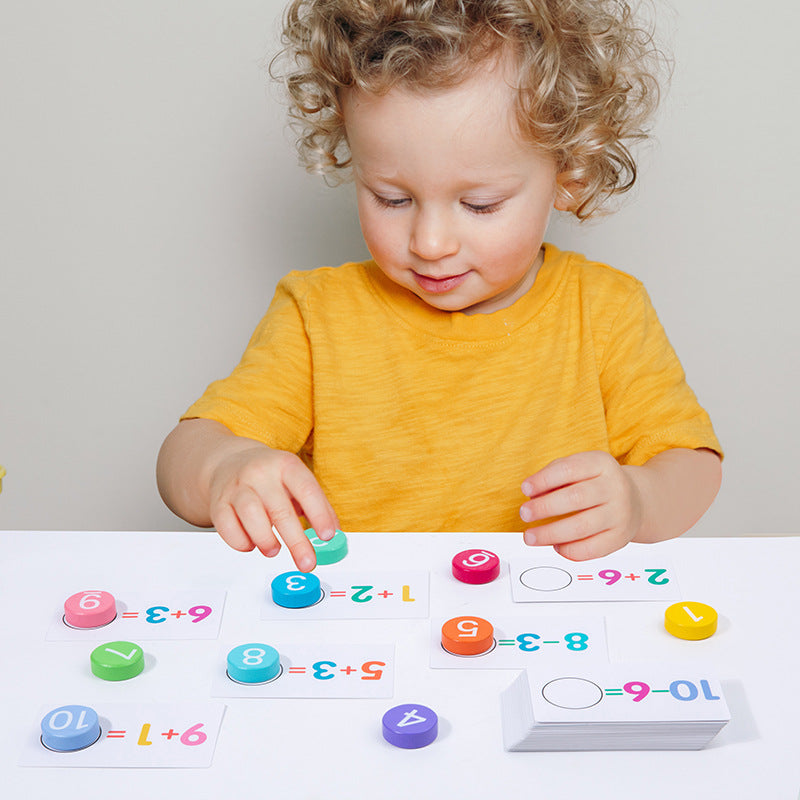You may be familiar with the famous quote from child psychologist Jean Piaget that states, “play is the work of the child.” It is this belief that drives our motivation to ensure that our children have ample opportunity to play.
To be considered “play-based” an environment (whether at school or home) should encourage your child to learn while playing. Through play, children develop social/emotional, cognitive, language, and motor skills. Play encourages creativity and sparks imagination.
So, how can you create a play-based environment in your home?
Setting up your space
It may be helpful to designate certain areas in your home for play. For example, a corner of your kitchen could hold a sensory table and a bin of items that are easily accessible to your child. A different area could be dedicated to language and literacy, and you could provide a corner that is just for art exploration.
Sensory play
Fill a sensory table with items that are safe for your child and that encourage exploration and open-ended play. A “yes” bin can be filled with “adult” kitchen items that you allow your child to use freely. Items such as measuring cups, spoons, a ladle, turkey baster, ice cube trays, and tongs are perfect tools for sensory play.
Art exploration
Another area in your home could provide an opportunity for your child to explore art. Provide items you already have on-hand for your child to use when creating their own art. Examples of recyclable items to collect for your child include old egg cartons, cardboard boxes, and paper towel rolls. Household items that can be used for open-ended art creation include a spatula, cut up sponges, tin foil, or really anything that can be used safely by your child. There is no need to set up pre-planned and pre-cut crafts. Focusing on “process art” rather than “product art” is much more beneficial for your child. Allow their imagination to run wild while they create their own masterpiece.
Language and literacy
To encourage language and literacy through play, provide your child with a variety of books. Add puzzles (like the wooden stacked puzzle toy), magnetic letters on a baking tray, and supplies for your child to create their own “book” if they choose. Adding puppets to your language area can help your child to practice conversational skills and develop their social/emotional skills. A large piece of felt along with felt characters from their favorite books, will provide your child with tools for story-retelling (which is great for their comprehension and their imagination.)
Math
Number and counting skills can be easily incorporated into your daily activities. Encouraging your child to count each step as they walk upstairs, playing “I Spy” and naming different colors, or asking your child to help you count how many scoops of flour should go into the cake you’re baking together are all easy ways to add math concepts into your daily routine.
Creating simple activities such as a car “parking lot” with numbered spaces and toy cars with corresponding numbers to encourage matching, is an example of an easy, open-ended play opportunity. Your child can learn about shapes by looking at the shapes of items in the home and going on a “shape hunt” to find as many circles or squares as they can. The Wooden 3D Puzzle Toy will provide your child with an open-ended play opportunity while they learn about shapes and practice their fine motor skills and hand-eye coordination.
Creating simple invitations for play does not have to be a daunting task. Don’t overthink it! Simply follow your child’s lead and their interests when determining which play opportunities you can create for your child.
Outdoor play is also so important for your child’s development. Setting up a sandbox or water table outside for sensory play or allowing your child to use washable paint to create art on the fence, are simple activities that can keep your child engaged in play.
Creating a play-based environment in your home does not have to be complicated. Use household items to create invitations for play and follow your child’s lead when deciding which activities or materials to set out.
By creating separate spaces in your home that are designated for different areas of development is a great way to keep your child interested in play. Your child can decide which activities they are interested in working on each day and easily move from one area to the next.










